Blogs & News
We are focus on automotive wiring harness & connectors technology.
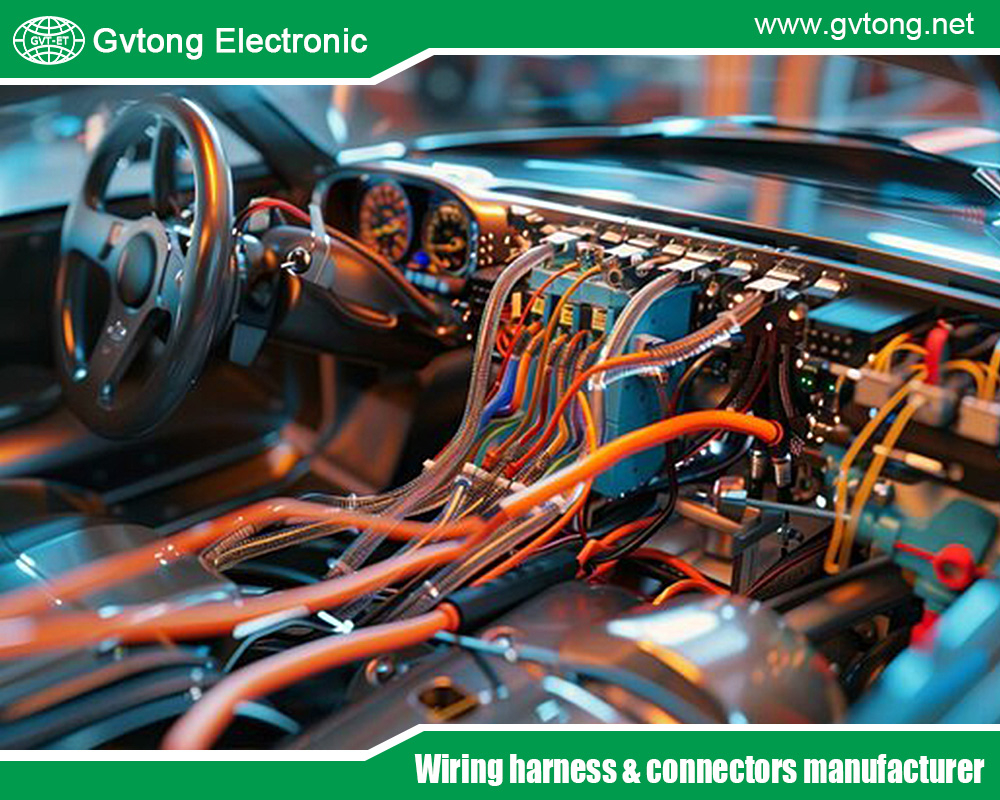
The Ultimate Guide to Automotive Electrical Connectors
- Gvtong Electronic
- 4-wire electrical connectors, Anti-vibration automotive connectors, automotive connectors, automotive connectors and terminals, automotive connectors manufacturer, Automotive Connectors manufacturers in Delhi, automotive connectors wholesale, automotive electrical connector, Automotive electrical connectors, automotive electrical connectors factory, automotive electrical connectors kit, Automotive Electrical Connectors Manufacturer In Thailand, Automotive Electrical Connectors Thailand, automotive electrical connectors waterproof, automotive waterproof electrical connectors, best china industrial electrical connectors manufacturers, Blind-mate automotive connectors, China Automotive Electrical Connectors Manufacturers, china electrical connectors manufacturers, China Industrial Electrical Connectors Manufacturers, Common Types of Automotive Connectors, Cost-effective automotive connectors, Custom Low Voltage Vehicle Automotive Connectors, domestic electrical connectors, electrical connectors, electrical connectors and circuits, electrical connectors and circuits manufacturer, Fuel cell connectors Quick-fit automotive connectors, Halogen-free automotive connectors, High-Voltage Automotive Connectors India, Modular automotive connectors, repair automotive electrical connectors
- No Comments
The Ultimate Guide to Automotive Electrical Connectors
Automotive electrical connectors are the unsung heroes of modern vehicles, enabling seamless power and data transmission for systems ranging from engine control units to advanced driver-assistance systems (ADAS). As vehicles become more electrified and autonomous, the demand for reliable, durable, and high-performance connectors has skyrocketed. These components must withstand harsh conditions—vibrations, extreme temperatures, moisture, and chemical exposure—while ensuring safety and efficiency. Whether you’re a technician repairing a wiring harness, an engineer designing an electric vehicle (EV), or an enthusiast modifying a car, understanding automotive connectors is crucial. This ultimate guide explores the types, applications, selection criteria, maintenance techniques, and best practices for automotive electrical connectors. From choosing the right connector for specific applications to mastering installation and repair, this article provides actionable tips to ensure optimal performance in automotive wiring systems. By delving into industry standards, emerging trends, and practical advice, we aim to empower professionals and hobbyists to navigate the complex world of automotive connectors with confidence.

The Ultimate Guide to Automotive Electrical Connectors
Automotive electrical connectors are critical for powering and connecting the complex systems in modern vehicles, from internal combustion engines to electric vehicles (EVs) and autonomous driving platforms. These components ensure reliable transmission of power and data for engine control, lighting, infotainment, and advanced driver-assistance systems (ADAS). Operating in harsh environments—exposed to vibrations, extreme temperatures, moisture, and chemicals—connectors must be durable, efficient, and safe. As vehicles evolve toward electrification and autonomy, selecting and maintaining the right connectors is more important than ever. This ultimate guide provides practical tips for choosing, installing, and maintaining automotive electrical connectors, covering types, selection criteria, and best practices. Whether you’re a technician, engineer, or enthusiast, these insights will help you achieve reliable, high-performance wiring systems.
Understanding Automotive Electrical Connectors
Automotive connectors link electrical components, enabling power delivery (e.g., to motors or lights) and data transfer (e.g., for sensors or CAN bus systems). A typical connector includes a housing (plastic or metal), terminals (pins or sockets), locking mechanisms, and seals for environmental protection. Applications range from low-voltage lighting circuits to high-voltage EV battery connections and high-speed data links for ADAS. Connectors must withstand temperatures from -40°C to 125°C, vibrations up to 20G, and exposure to water or oil, making their design and selection critical for vehicle reliability.
Types of Automotive Connectors
- Multi-Pin Connectors: Used in wiring harnesses (e.g., Molex Mini-Fit, AMPSEAL), ideal for complex systems like engine control units.
- High-Voltage Connectors: Designed for EV powertrains (e.g., TE Connectivity’s HV series), handling 400V–800V with robust insulation.
- Data Connectors: Ethernet or CAN bus connectors support high-speed communication for sensors and V2X systems.
- Ruggedized Connectors: Deutsch DT or DR series for off-road or heavy-duty vehicles, resisting extreme conditions.
- Specialty Connectors: Coaxial for radar/LiDAR or USB for infotainment systems.
Each type is tailored to specific voltage, current, or environmental needs.
Key Factors in Selecting Connectors
Choosing the right connector requires careful consideration:
- Environmental Protection: IP67/IP68 ratings ensure resistance to water, dust, and chemicals, critical for external or under-hood applications.
- Voltage and Current Ratings: Low-voltage connectors (12V–48V) suit traditional vehicles, while EV connectors handle 400V–800V.
- Material Selection: Plastic housings are lightweight, while metal offers durability. Gold-plated terminals reduce corrosion in high-data-rate systems.
- Compatibility: Ensure connectors match mating parts and wire gauges to avoid loose connections.
- Durability: Connectors must resist vibrations, thermal cycling, and mechanical stress, especially in heavy-duty or autonomous vehicles.
- Size and Weight: Miniaturized connectors save space and reduce vehicle weight, improving EV efficiency.
Installation and Maintenance Tips
- Crimping/Soldering: Use ratcheting crimpers for secure terminal attachment; solder for specific applications, ensuring no loose strands.
- Sealing: Apply dielectric grease or heat shrink tubing to protect against moisture and corrosion, especially in automotive environments.
- De-Pinning/Re-Pinning: Use terminal release tools to remove pins without damaging housings; verify new terminals lock securely.
- Inspection: Regularly check connectors for corrosion, wear, or loose connections, particularly in high-vibration areas.
- Tools: Invest in quality crimpers, terminal release tools, and multimeters for testing continuity and voltage.
Industry Standards and Compliance
Connectors must meet standards like ISO 6722 (wiring insulation), SAE J1128 (low-voltage systems), and ISO 26262 (functional safety for ADAS). Compliance with RoHS and REACH ensures environmental safety. Testing for vibration, thermal cycling, and ingress protection (e.g., IP68) validates performance in automotive conditions.
Common Challenges and Solutions
- Corrosion: Use IP-rated connectors and dielectric grease to prevent moisture or salt damage.
- Poor Connections: Ensure proper crimping and compatible terminals to avoid intermittent failures.
- Overheating: Select high-voltage connectors with adequate current ratings and heat-dissipating materials.
Regular maintenance and testing mitigate these issues, ensuring long-term reliability.
Emerging Trends
The rise of EVs and autonomous vehicles drives connector innovation. High-voltage connectors for 800V systems, high-speed Ethernet for ADAS, and smart connectors with diagnostic sensors are gaining traction. Chinese manufacturers, like Luxshare Precision, offer cost-effective, high-quality solutions, aligning with global demand for scalable production.
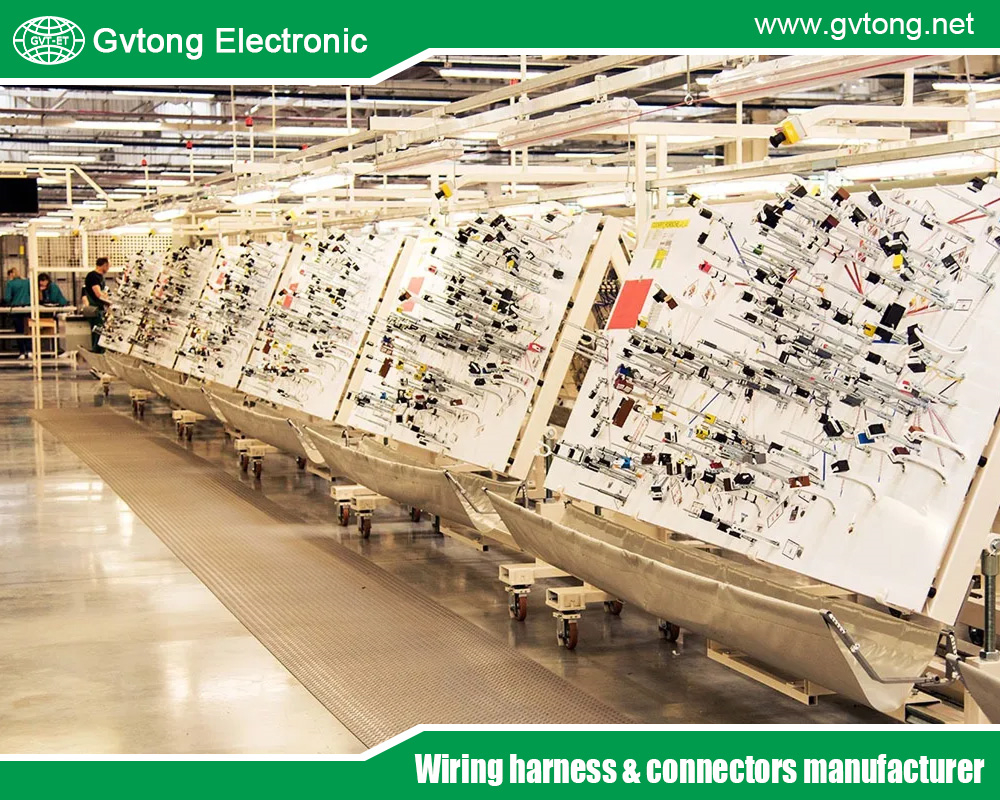
Conclusion
Automotive electrical connectors are vital for powering and connecting modern vehicles, from traditional cars to EVs and autonomous platforms. By understanding connector types, selection criteria, and maintenance techniques, professionals and enthusiasts can ensure reliable, safe, and efficient wiring systems. Adhering to industry standards, using proper tools, and staying informed about trends like smart connectors will keep you ahead in this evolving field. With these tips, you’re equipped to tackle any automotive connector challenge, driving performance and innovation.
For more about the ultimate guide to automotive electrical connectors, you can pay a visit to Gvtong at https://www.gvtong.net/ for more info.
Recent Posts
The Best GR Series-Circular Connectors Manufacturer
The Best GD Series Combined Power Connector Manufacturer
A Guide to Selecting the Best GH Series Plastic Connector Manufacturer
How High Pressure Connectors Work?
The Best Automotive Connector Companies
Tags
Recommended Products
-
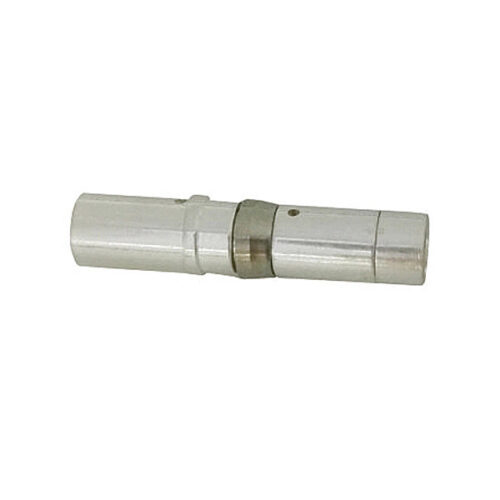
3.0 wire spring jack – crimp 2.5mm cable
-
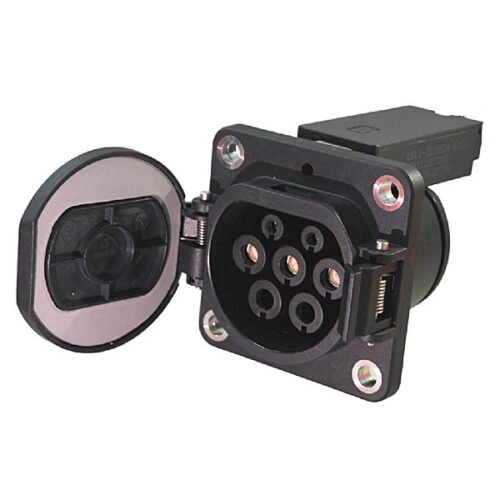
Electric Vehicles AC charging socket, New Energy Vehicles AC Socket Type 1 EV Charging Adapter
-
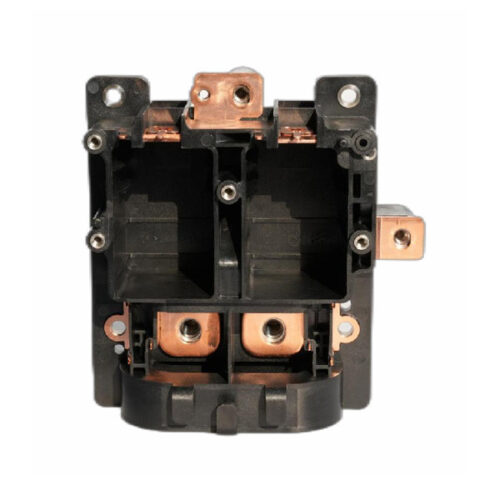
Filter copper bar assembly
-

GE Series-10PIN Right Angle Connector Socket
-
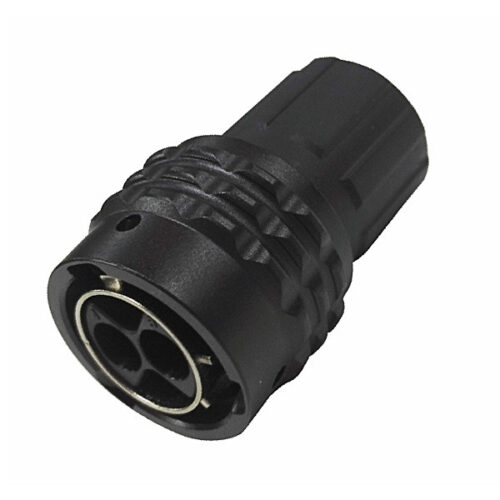
GR Series-2-core 12# circular signal connector
-
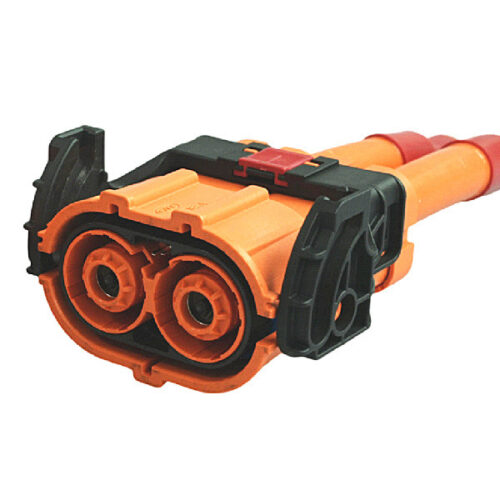
GH1000 Series-2-core plastic high voltage connector
-

GH Serie-GMV3-2-core plastic high voltage connector
-
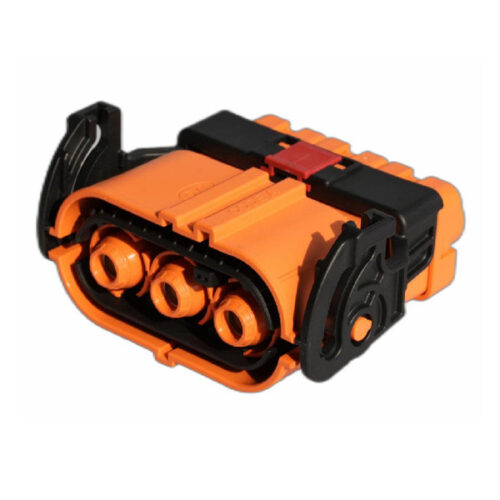
GH800 Series-3-core plastic high voltage connector
